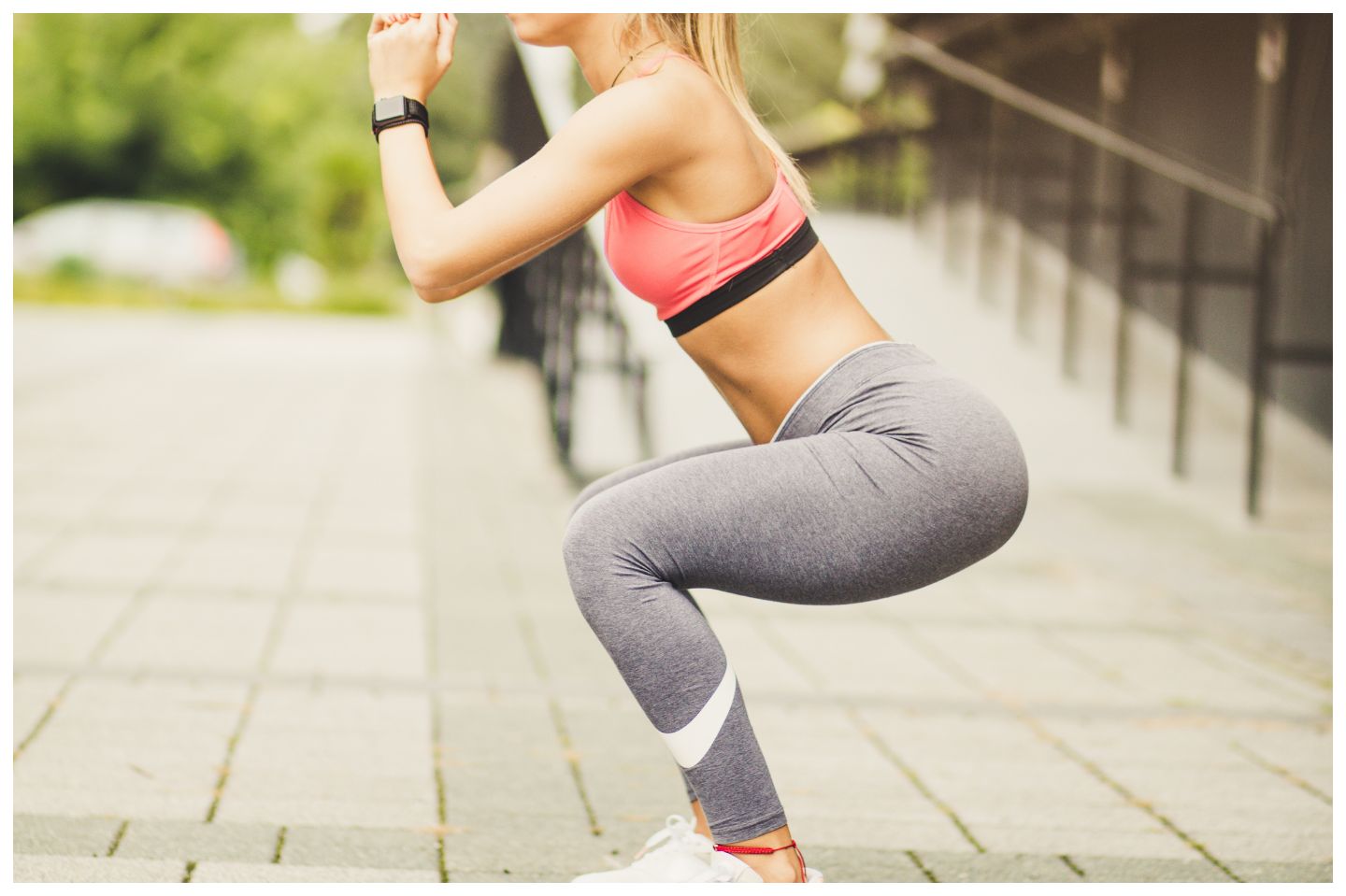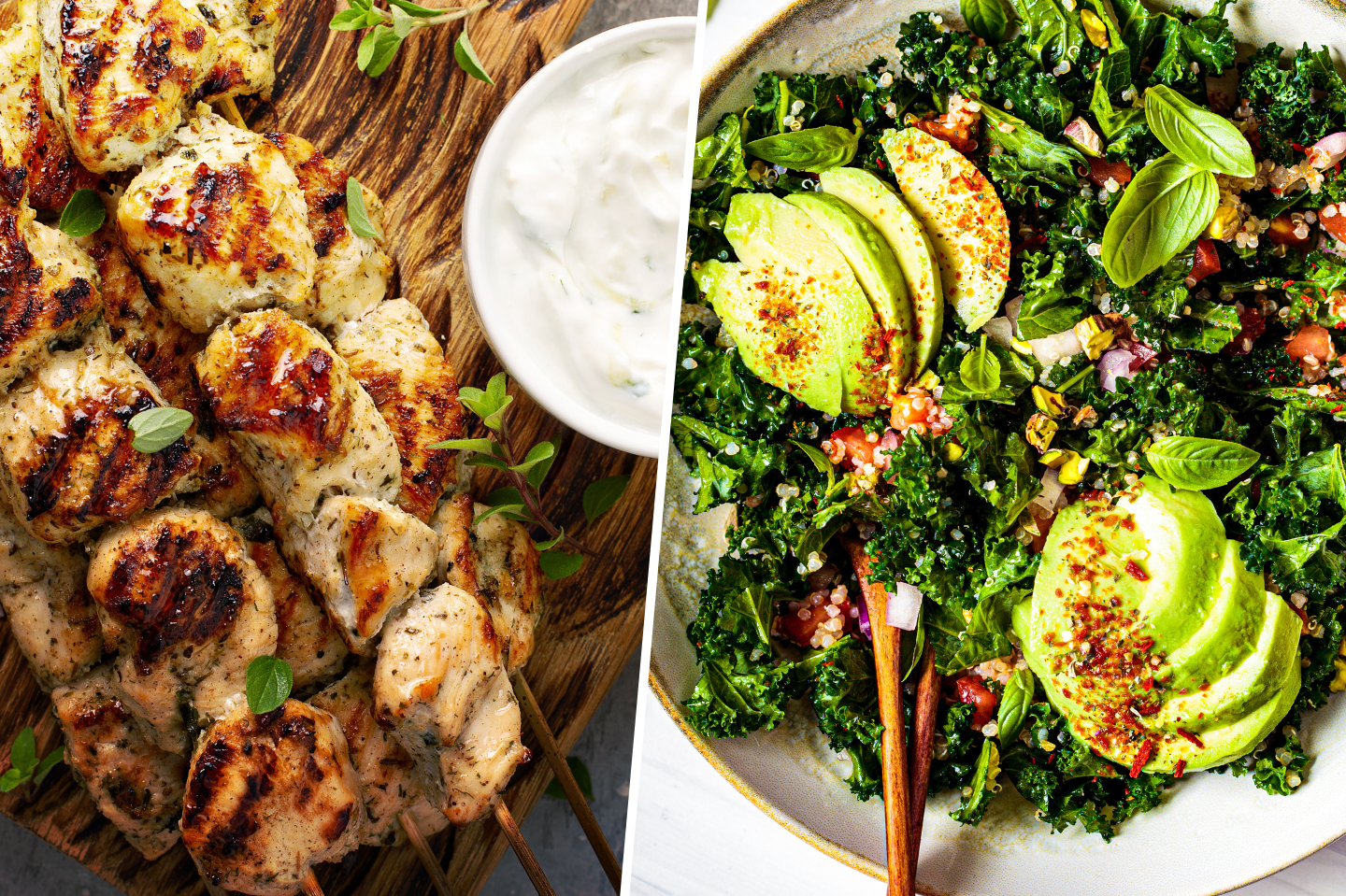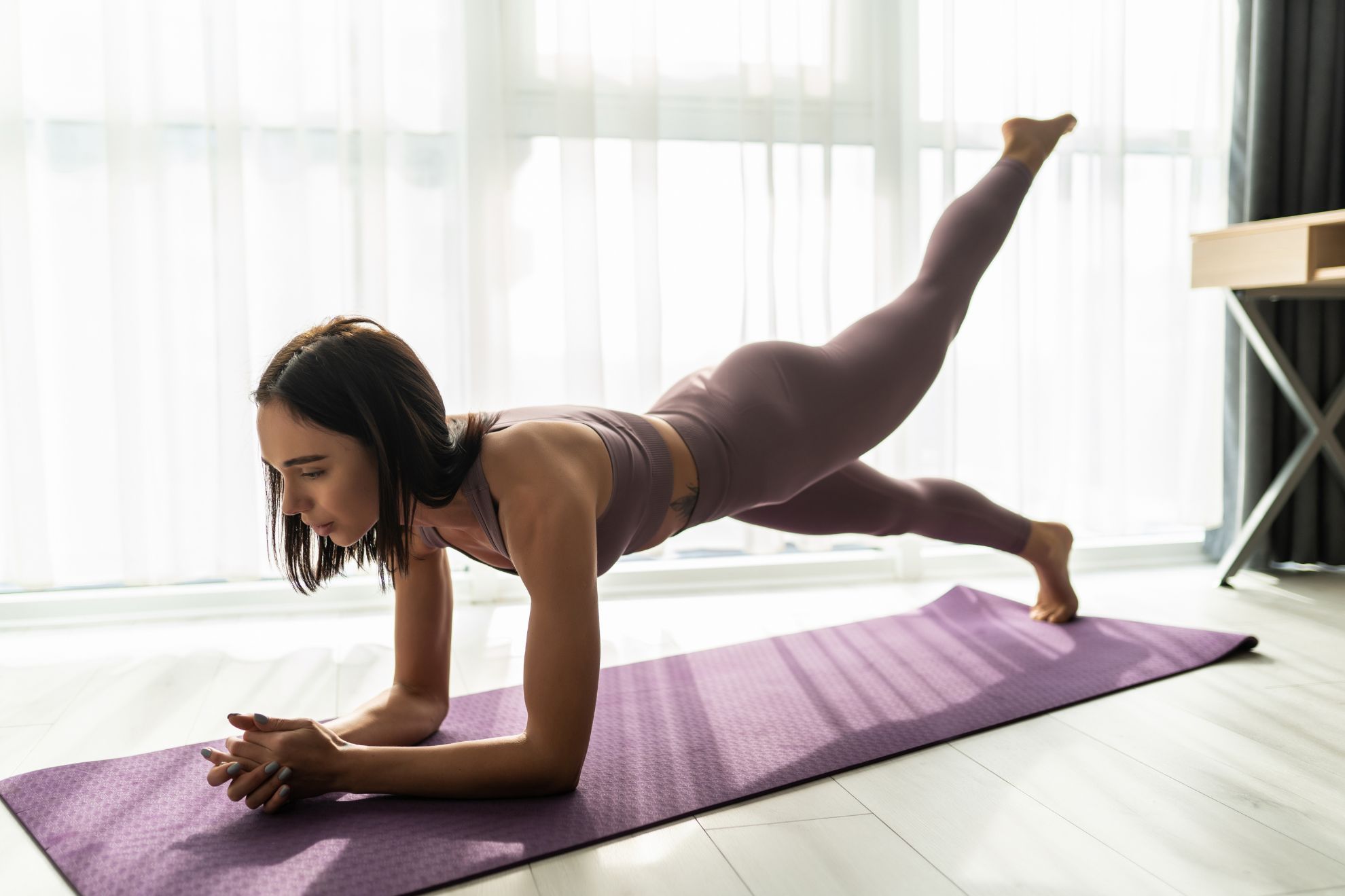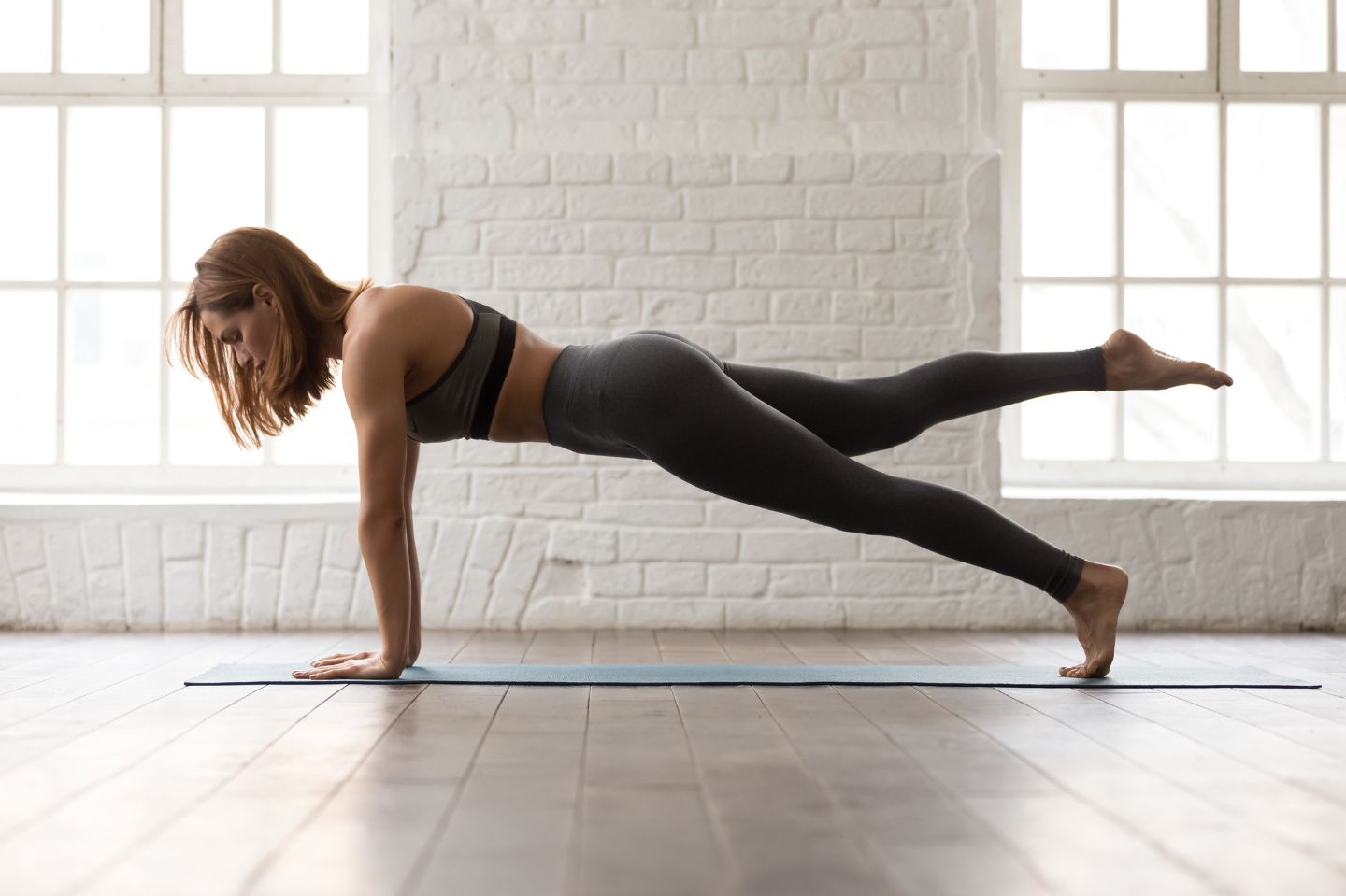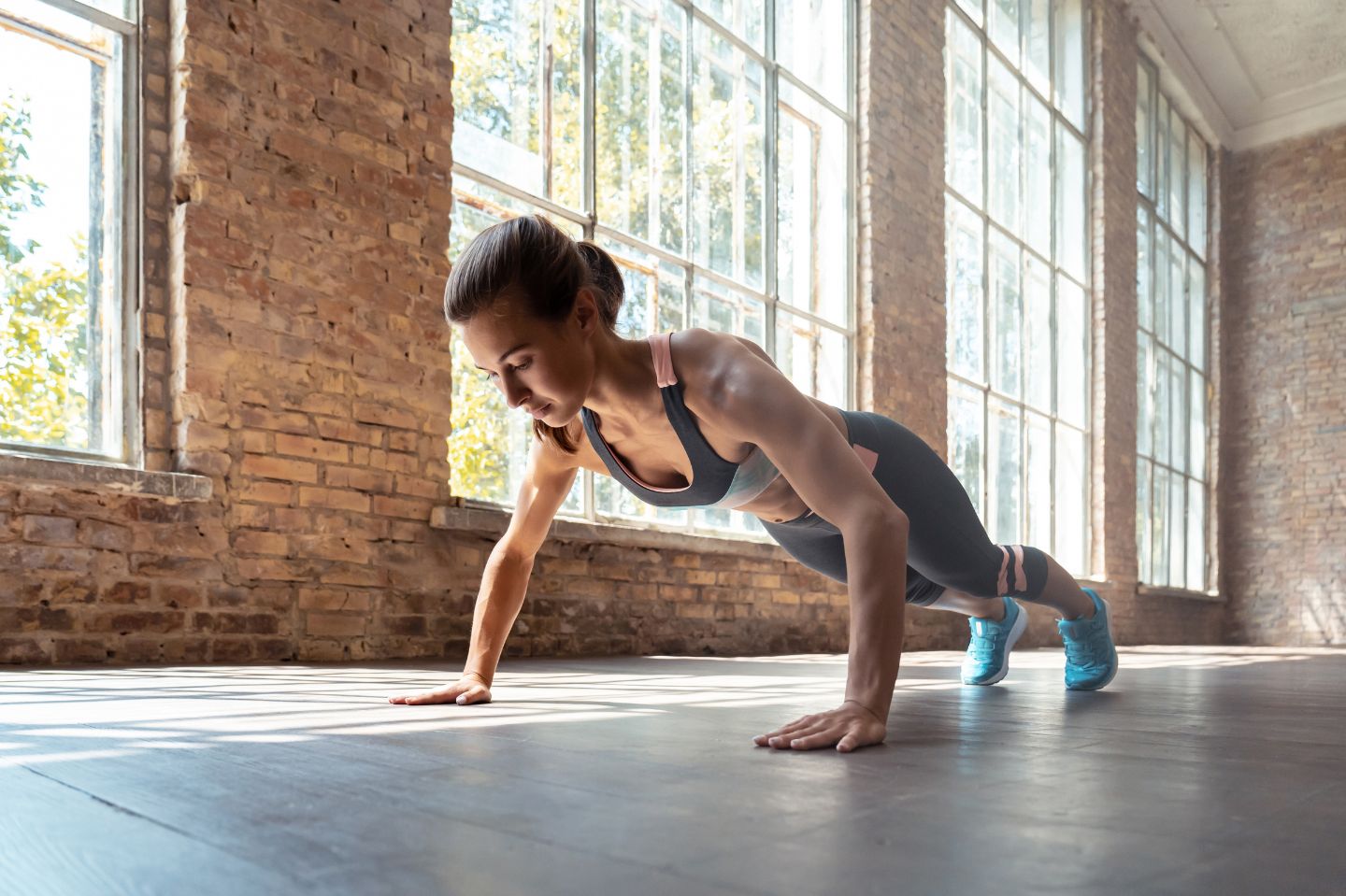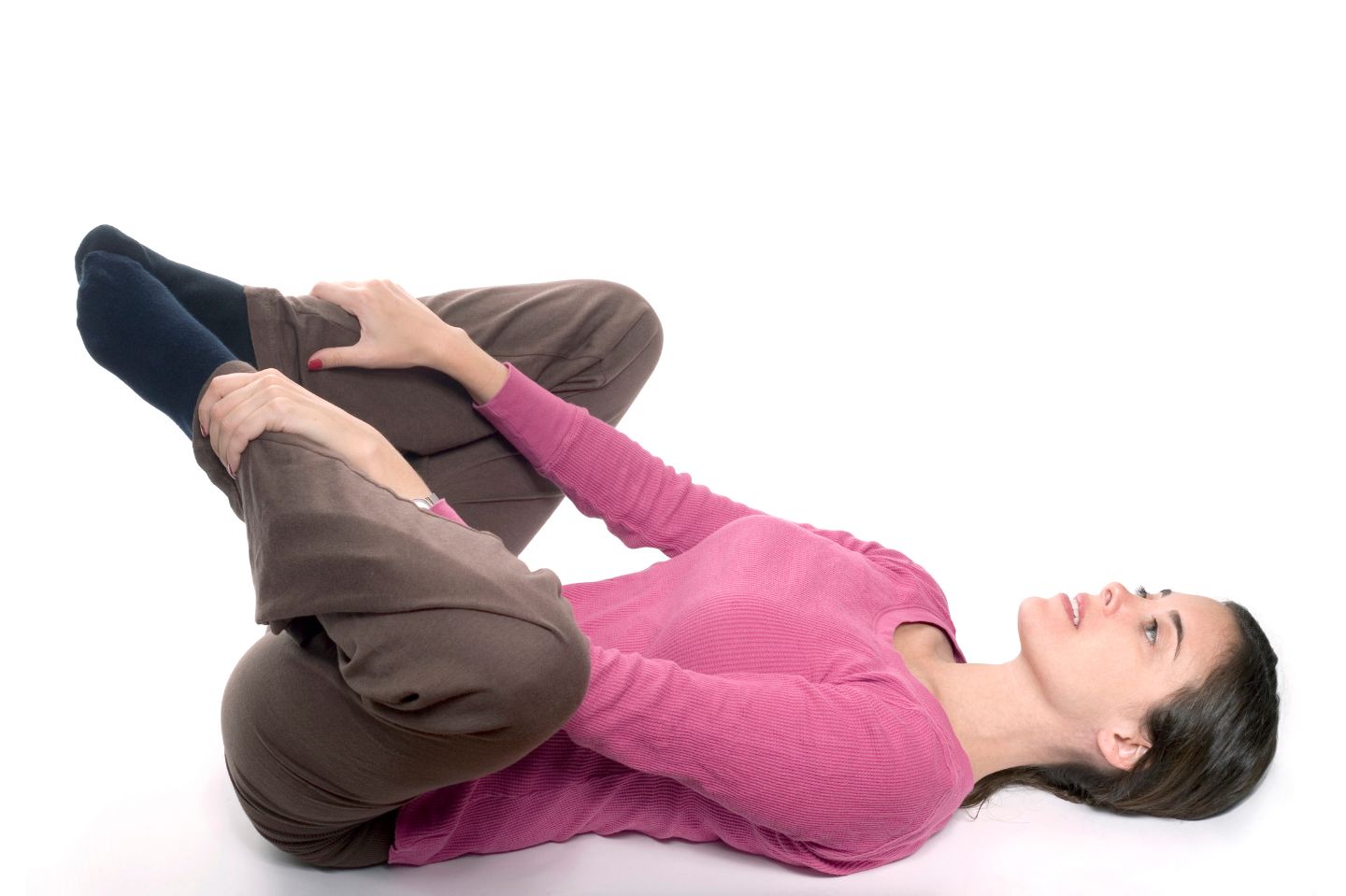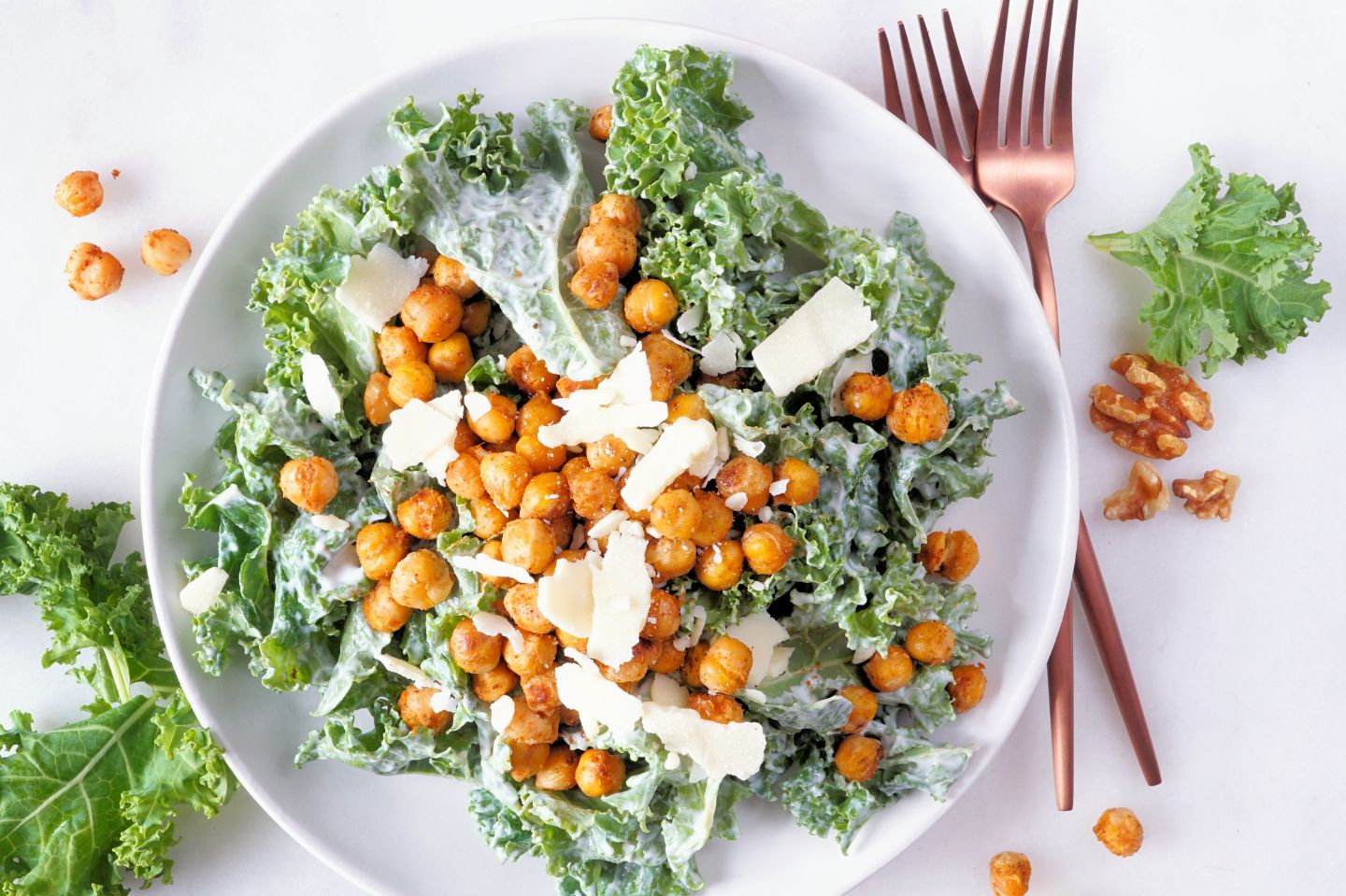If you find yourself leaning towards the treadmill and podcasts, but secretly crave a workout that sculpts, tones, and ignites those muscles, these 30 Dumbbell Exercises are your perfect cardio-strength fusion!
Say goodbye to the monotony and hello to a dynamic, engaging routine that promises results you can see and feel. It’s time to elevate your workout game and unleash the power of dumbbell exercises for a sculpted physique and a boosted metabolism!
But resistance training is incredibly beneficial for everyone, no matter their age, gender, or other demographics. Best of all, a simple set of dumbbells can help you build strength, endurance, and a great physique.
In this post, we’ll review some of the benefits of strength training (generally and specifically with regard to dumbbells), outline some dumbbell exercises you can use as a beginner or experienced lifter, and discuss how you can put these exercises together into one comprehensive workout.
The Benefits of Strength Training
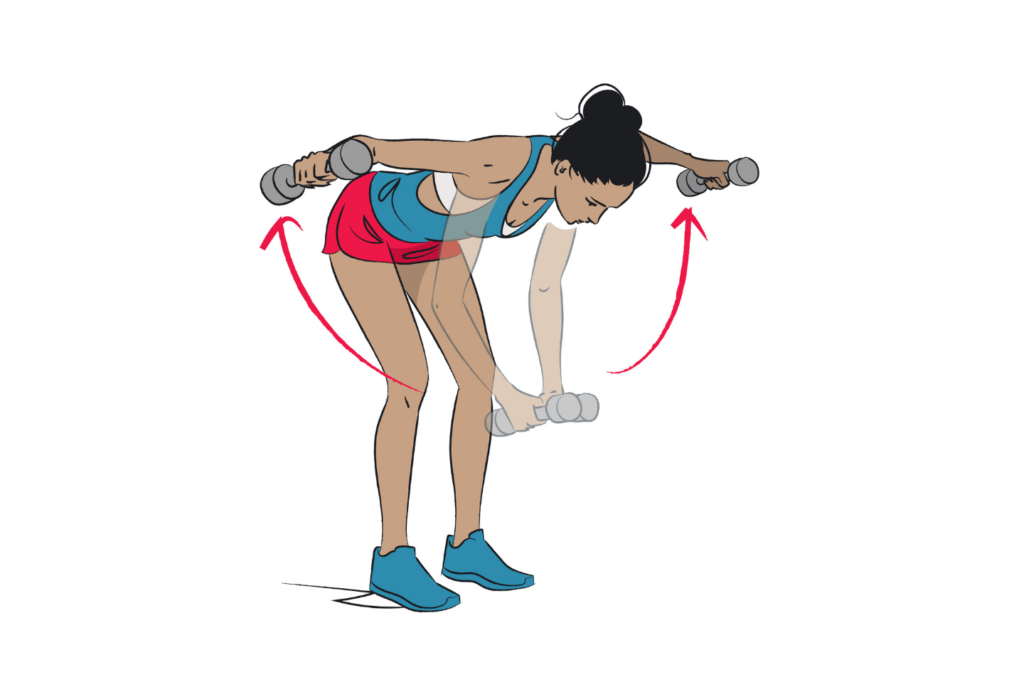
Strength training offers tons of different plusses, with few minuses.
For instance, resistance training can lead to improved strength, endurance, bone health, mobility, and range of motion. Plus, resistance training can help people be more independent with household chores and responsibilities, which is especially important as one gets older.
The list of downsides to resistance training is exceedingly small. Resistance training (and any form of exercise) comes with the inherent risk of injury. Luckily, this risk can be mitigated with proper form, appropriate volume/intensity, and supervision where necessary.
When it comes to dumbbell training specifically, the added benefit is the ability to workout anywhere, with minimal space and equipment required. Dumbbells can be stored easily in any closet and can be taken back out when needed. This is preferable for many home gym enthusiasts, where space is at a premium!
29 Best Dumbbell Exercises
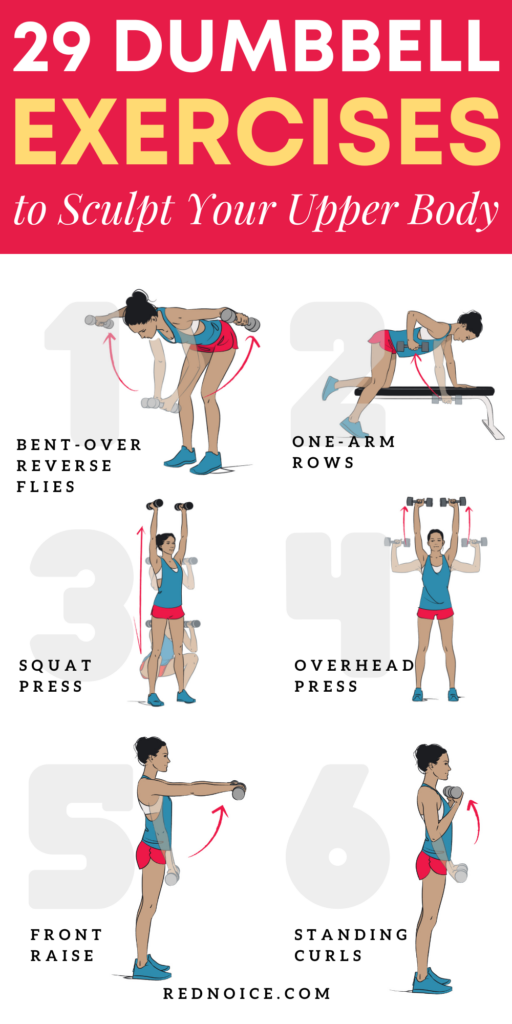
This list contains tons of great exercises which can be used to build strength throughout the body. You can pick and choose from this list, or use them all!
1. Triceps Kickback
The triceps is a large, three-headed muscle on the back of the upper arm. This muscle helps during activities that require pushing and extending the elbow out straight.
How to Perform
- Hold one dumbbell in your right hand.
- Bend forward at the waist, with your left foot forward, placing your left hand on a firm surface such as a chair or stool.
- Lift the weight up, with your elbow bent, so that your upper arm is parallel with your trunk.
- Extend your elbow so that your arm is straight, then allow your elbow to bend so that you return to the starting position, completing the rep.
- Perform 2-3 sets of 12-15 reps on each side per session.
2. Single-Arm Dumbbell Row
Rowing is a great way to work the biceps, back, and various other muscles of the upper body. This exercise is a must for anyone who wants to keep their shoulders healthy.
How to Perform
- Hold a dumbbell in your right hand.
- Bend over at the waist, keeping your left leg forward and placing your left hand on a firm surface, such as a chair or stool.
- Pull the weight up to your chest by bending your elbow and extending your shoulder backward.
- return to the starting position to complete the rep.
- Perform 12-15 reps for 2-3 sets per session on both sides.
3. Overhead Press
Pushing weights overhead is a fantastic way to build shoulder, tricep, and pec strength.
How to Perform
- In standing or sitting, hold one dumbbell in each hand.
- Bring the weights up to shoulder height.
- Press the weights overhead.
- Return them to your shoulders.
- Perform 12-15 reps per set, for 2-3 sets per session.
4. Supinated curl
Biceps are often seen as “show” muscles. They are the ones you think of when you picture a bodybuilder flexing. But these muscles are also important to work for total body health!
How to Perform
- Hold one dumbbell in each hand while standing.
- Bend your elbows, bringing the weights up to your shoulders.
- Slowly lower the weights back down to complete the rep.
- Perform 12-15 reps per set, for 2-3 sets per session.
5. Pronated Curl
Pronation and supination often refer to wrist position. Pronation means that the hand is turned down to the ground, while supination means that the palm is turned up toward the ceiling.
How to Perform
- Hold one dumbbell in each hand.
- Turn your palms down toward the ground.
- Bend your elbows, moving the weights up toward your shoulders.
- Return to the starting position to complete the rep.
- Perform 12-15 reps per set, for 2-3 sets per session.
6. Neutral Grip Curls
Neutral curls are performed at an angle halfway between full supination and pronation. Each variation on the bicep curl emphasizes slightly different muscles and achieves slightly different goals.
How to Perform
- Hold one dumbbell in each hand.
- Assume a grip in which both palms are facing one another.
- Bend the elbows and curl the weights toward your shoulders.
- Return the weights to the starting position to complete the rep.
- Perform 12-15 reps per set, for 2-3 sets per session.
7. Modified Clean and Press from the Waist
The clean and press is a popular Olympic lift. When modified with dumbbells, it becomes much easier for anyone to reap the benefits of this very technical move.
How to Perform
- Hold one dumbbell in each hand at waist height.
- Curl the weights up to your shoulder, then press overhead.
- Reverse the motion and return the weights to your sides to finish the rep.
- Perform 12-15 reps per set, for 2-3 sets per session.
8. Row to Press
Similar to the modified clean and press, the row-to-press combines the bent-over row with the shoulder press.
How to Perform
- Hold one dumbbell in each hand.
- Bend over at the waist.
- Allow the weights to hang down with your arms straight.
- Perform a row with both arms, then stand up and press the weights overhead.
- Return to the starting position to complete the rep.
9. Dumbbell Scaption
In biomechanics terminology, flexion of the shoulder refers to lifting the arm upward in front of the body. Abduction refers to lifting the arms out to the sides, creating a “t shape” with the body. Halfway between those two motions, we find a scaption.
How to Perform
- Hold one weight in each hand.
- Lift the weights upward, keeping the elbow straight, in the scapular plane.
- Lower the weights back down to complete the rep.
- Perform 12-15 reps per set, for 2-3 sets per session.
10. Shoulder Flexion
As discussed above, flexion of the shoulder means to lift the arms straight up to the front.
How to Perform
- Hold one weight in each hand.
- Lift the weights up to the front, keeping the elbow straight.
- Return to the starting position.
- Complete 12-15 reps per set, for 2-3 sets per session.
11. Standing Concentration Curl
Concentration curls are another variation of the standard bicep curl. This move is a nice way to mix up your biceps workouts!
How to Perform
- Hold one dumbbell in each hand.
- Perform a curl, bringing the weight across your body as you do so.
- Return to the starting position.
- Complete 12-15 reps per set, per side, for 2-3 sets.
12. Shoulder Abduction
We’ve discussed shoulder flexion and scaption thus far. This move is another good way to isolate the deltoid muscles at a different angle.
How to Perform
- Hold one weight in each hand.
- Lift the weights straight out to the sides, keeping the elbows straight.
- Return to the starting position to complete the rep.
- Perform 12-15 reps per set, for 2-3 sets per session.
13. Supinated Dumbbell Rows
By turning the hand upward during a row, you can get better biceps activation and can work in multiple planes of movement.
How to Perform
- Hold one dumbbell in each hand.
- Bend over at the waist.
- Supinate the hands and pull the weights up to your chest.
- Perform 12-15 reps per set, for 2-3 sets per session.
14. 2-Way Shoulder Raise
This move combines shoulder flexion and abduction into one killer exercise.
How to Perform
- Hold one dumbbell in each hand.
- Lift the arms up to the front, keeping the elbows straight.
- Return to the starting position.
- Next, lift the arms up and out to the sides, making a “t” with your body.
- This is one rep.
- Complete 12-15 reps per set, for 2-3 sets per session.
15: Pronated Row
So far, we’ve talked about the neutral grip row and the supinated row. The pronated row hits the deltoids a bit more than the other two variations.
How to Perform
- Hold one dumbbell in each hand.
- Bend over at the waist.
- Pronate your hands so that your palms are facing backward.
- Pull the weights up as you bend the arms at the elbows and flare your upper arms out to the sides.
- Return to the starting position.
- Complete 12-15 reps per set, for 2-3 sets per session.
16. Bent-Over Reverse Flies
This move is the perfect complement to shoulder flexion and abduction. The bent-over reverse fly works the rear delt, rhomboids, and various other shoulder and upper back muscles.
How to Perform
- Hold one dumbbell in each hand while standing.
- Bend over at the waist so that your trunk is parallel to the floor.
- Lift the weights straight out to the sides, keeping your elbows straight.
- Return to the starting position to complete the rep.
- Perform 12-15 reps per set, for 2-3 sets per session.
17. Dumbbell Upright Rows
Upright rows are a very common movement seen in gyms. However, some people with limited shoulder mobility may struggle with this exercise. If you have any pain or pinching when performing upright rows, skip this move.
How to Perform
- Hold one dumbbell in each hand.
- Pull the weights up toward your chin, as if you are pulling your pants up.
- Return the weights to the starting position to complete the rep.
- Perform 12-15 reps per set, for 2-3 sets per session.
18. Single-Arm Swing to Press
A dumbbell can be used just like a kettlebell. By contracting the glutes and “hinging” the weight upward, you can get into a good position for then pressing it further overhead. This is a functional and useful motion to train.
How to Perform
- Hold one kettlebell in your right hand.
- Allow the weight to hang between your legs.
- Using your glute muscles, swing the weight up to your shoulders.
- Then, press the weight overhead.
- Complete 12-15 reps per set, for 2-3 sets per session.
19. Shoulder Press with Twist
By adding in a slight rotational component, you may be able to activate a few extra muscles and spice up your usual shoulder workout.
How to Perform
- Hold one dumbbell in each hand, standing or sitting.
- Bring the weights up to shoulder height, keeping the weights in front of your face, with your palms facing you.
- As you press them up, turn your hands out in order to assume the normal shoulder press position.
- Return to the starting position.
- Repeat for 12-15 reps per set, for 2-3 sets per session.
20. Seated Concentration Curl
The classic concentration curl is performed seated. This allows you to remove any extra momentum or “cheating” and focuses all of the energy in the biceps.
How to Perform
- Sit in a firm chair, holding one dumbbell in your right hand.
- Allow your right arm to sink down so that the back of your right arm is resting against your right inner thigh.
- Perform a curl, keeping your arm in contact with your thigh the whole time.
- Return to the starting position to complete the rep.
- Perform 12-15 reps per side, per set, for 2-3 sets per session.
21. Flat Bench Press
Much like bicep curls, the flat dumbbell bench press is a mainstay of almost all exercise programs. This is the perfect move for anyone who wants to increase their pushing strength in general and their pec strength specifically.
How to Perform
- Lie on a flat, stable bench, with one dumbbell in each hand.
- Press the weights toward the ceiling.
- Lower them back down to your chest.
- Repeat for 12-15 reps per set and 2-3 sets per session.
22. Prone Row on Bench
This alternative to the bent-over row is often preferable for those with chronic low back pain, as it supports the body by allowing you to lean on the bench.
How to Perform
- Lie on your stomach on a slightly inclined bench.
- Hold one dumbbell in each hand.
- Pull the weights up to your chest.
- Return to the starting position.
- Repeat for 12-15 reps per set for 2-3 sets per session.
23. Leg-Supported Dumbbell Row
Similar to the bent-over row, this modification allows for greater stability and greater ease in maintaining the proper posture for the motion.
How to Perform
- Place your left hand and left knee on a bench, with a weight in your right hand.
- Ensure that your trunk is parallel to the bench.
- Pull the weight up to your chest, then allow it to drop back down to complete the rep.
- Perform 12-15 reps for 2-3 sets per session.
24. Skull Crushers
As scary as this name sounds, skull crushers are a safe and effective exercise for the triceps.
How to Perform
- Lie down on a flat bench with one dumbbell in each hand.
- Start by pressing the weights to the ceiling.
- Next, allow your elbows to bend so that the weights move closer to your head, but so that your elbows continue to point toward the ceiling.
- Straighten out the elbows to complete the rep.
- Perform 12-15 reps per set, for 2-3 sets per session.
25. Chest Press from Ground
This alternative to the flat bench press is slightly easier and safer. It’s a good choice for novices or those who are looking for a way to mix up their routine.
How to Perform
- Lie flat on the ground, with your knees bent and your feet on the floor.
- Hold one dumbbell in each hand.
- Perform a bench press, pushing the weights toward the ceiling.
- Slowly lower the weights back down.
- Perform 12-15 reps per set, for 3 sets per session.
26. Deficit Press Ups
By performing press-ups on bars or dumbbells which allow you a greater range of motion, you can get more bang for your buck.
How to Perform
- Place dumbbells on the floor, about shoulder-width apart.
- Grasp the dumbbells and perform a push-up, lowering to the ground.
- Complete 12-15 reps for 2-3 sets per session.
27. Squat to Press
This one works your legs and upper body simultaneously. By working both halves of the body in one exercise, you will really get your heart pumping!
How to Perform
- Hold one dumbbell in each hand.
- Raise dumbbells up to your shoulders.
- Perform a squat, then immediately shoulder press the weights overhead.
- Complete 12-15 reps per set, for 2-3 sets per session.
28. Push Press
The push press is one of the most functional movements there is. Imagine hoisting your luggage onto the top of the car or into the overhead bin on a plane as you perform this one.
How to Perform
- Hold one dumbbell in each hand, and rack the weights on your shoulders.
- Perform a quarter squat, then thrust the weights overhead, similar to the squat to press, but more explosively.
- Complete 12-15 reps for 2-3 sets per session.
29. Dumbbell Snatch
The snatch is another Olympic lift. This is a high-intensity movement, so be careful if you’re a beginner!
How to Perform
- Hold one dumbbell in each hand.
- With the weights on the floor, explode upward, pushing the weights straight to the ceiling in one smooth motion.
- Complete 12-15 reps per set, for 2-3 sets per session.
Conclusion
If you have a set of dumbbells and the will to work hard, you can get a great workout anywhere you like!
Try this:
Pick 5-10 of these exercises and perform them in a single session 2-3 times per week. As they get easier, bump the weight up until they are hard again!
Progress like this for a month or two, and you may see drastic changes in your strength, health, and even your body composition!


